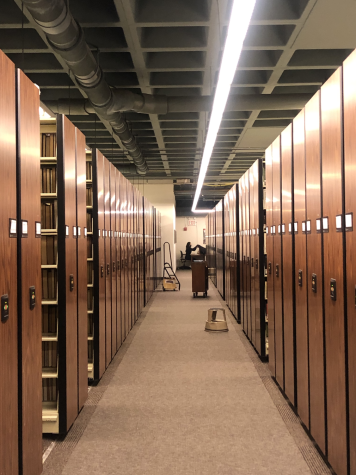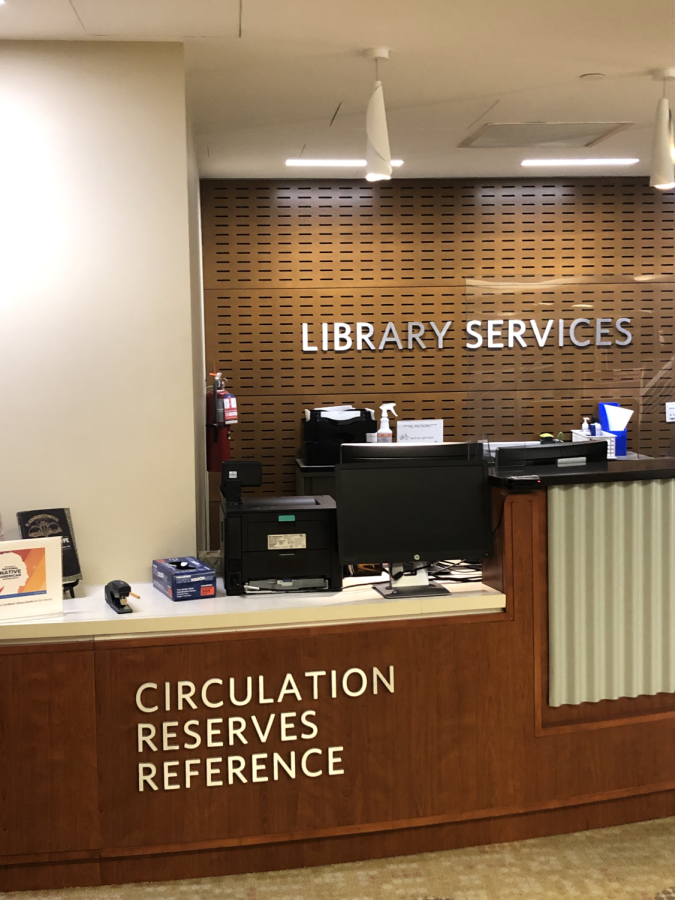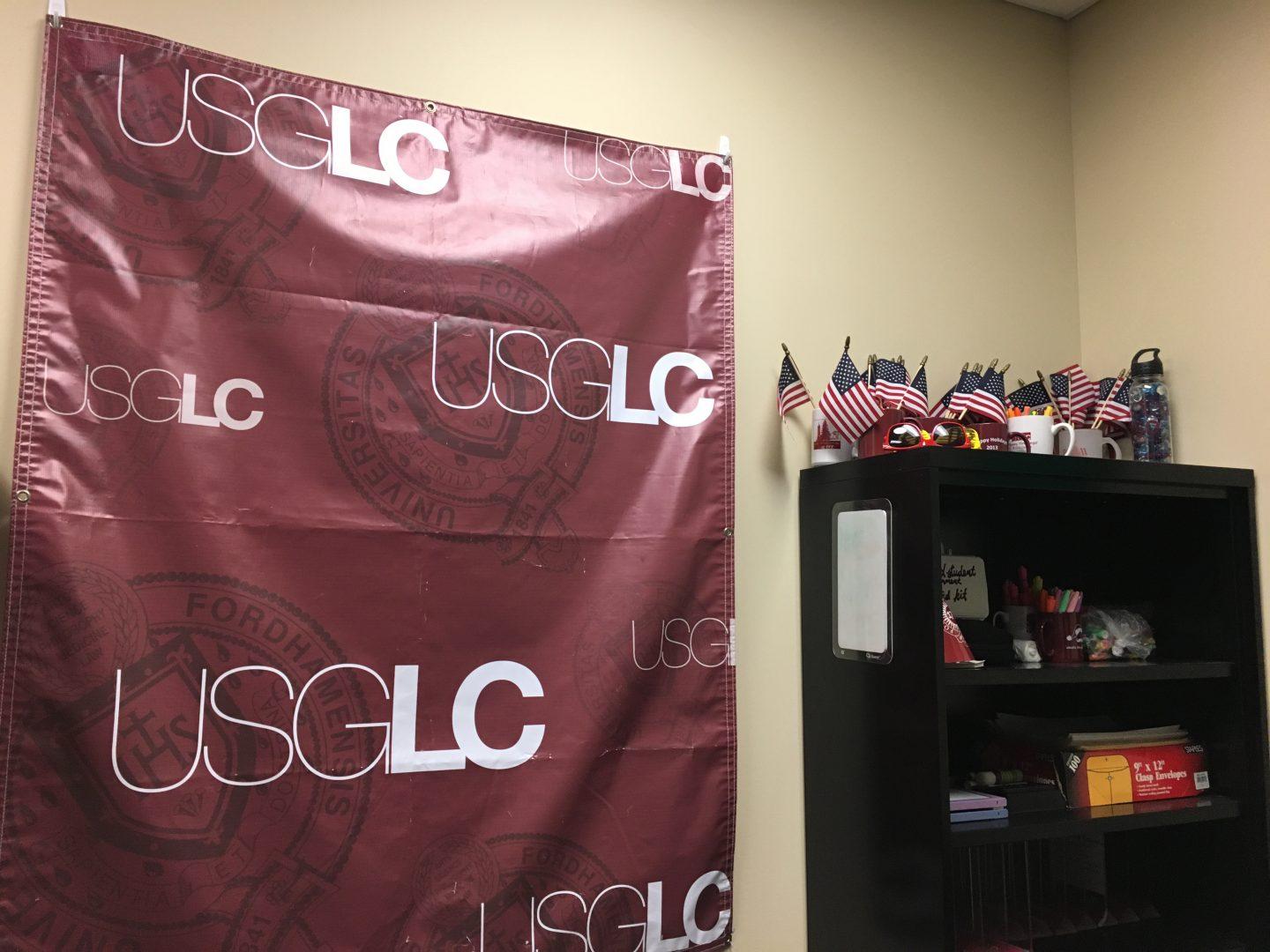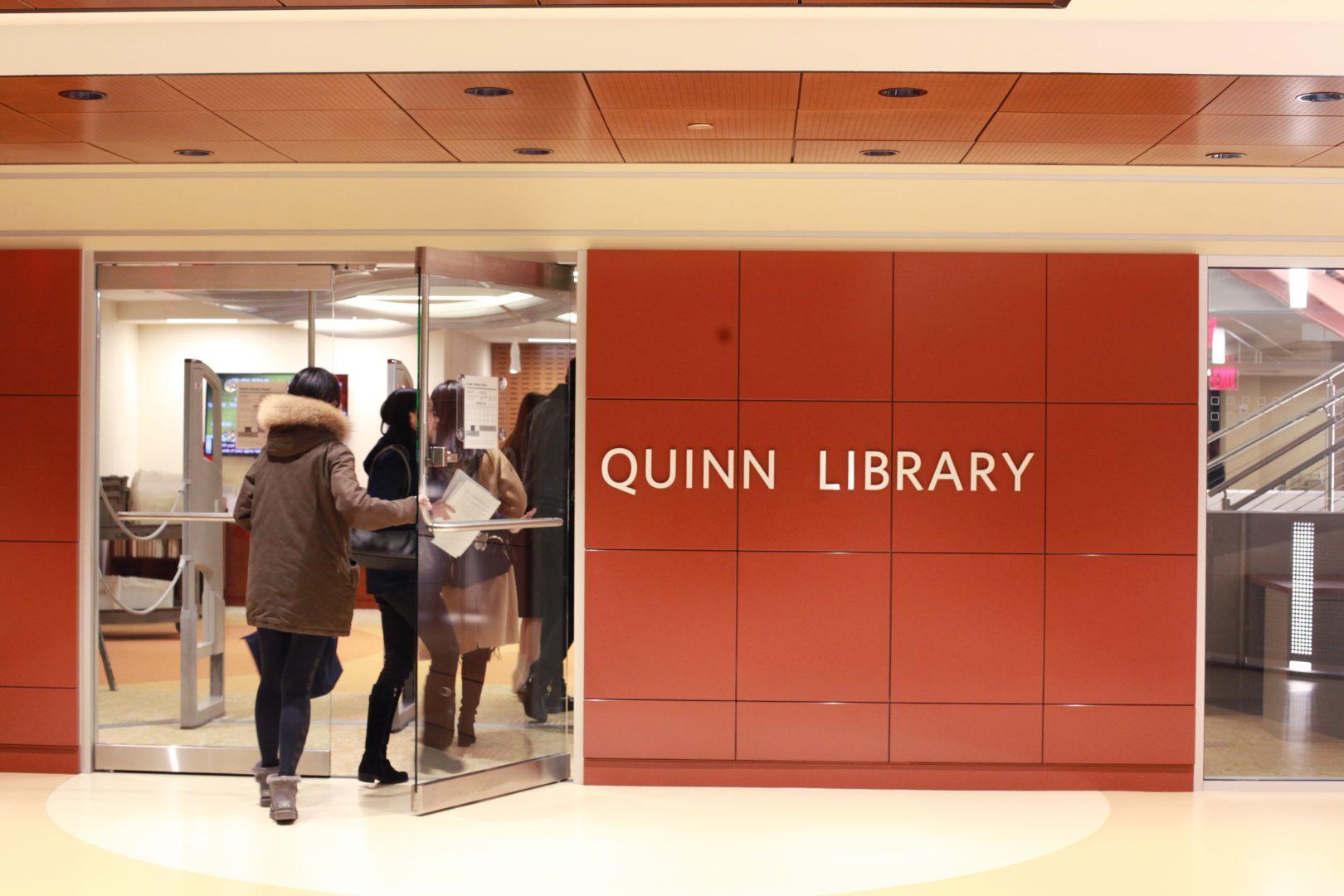Is FLC’s Library Underfunded or Underused?
Fordham Lincoln Center’s library staff want students to know just how many resources they have at their disposal
Library services are available for Fordham students if they are willing to ask for help.
November 16, 2022
Sentiments such as “We don’t get funded like Rose Hill does!” or “Of course, Rose Hill gets a new student center, and we don’t!” can be heard just about anywhere on Fordham Lincoln Center’s campus. Though grumbles about a lack of resources are valid, a question is presented: Are resources at Fordham Lincoln Center (FLC) really underfunded, or just underused?
I’ve observed through various platforms that our generation is typically hesitant to believe that our calls for additional resources and overall change in institutions will be answered. As young people in a quickly changing world, it’s difficult to hand over issues we deem important to our representatives, officials or, in this case, university administrators. I share the same sentiments.
Though we aren’t tasked with solving these issues, we do need to do a little digging into what we consider important, whether that is state law, representation or how to do research for our Composition II class. Resources are available to help cross the bridge from problem to solution, especially here at FLC.
Different departments of the university provide support in all the ways they can: Office of Multicultural Affairs enrichment training programs, Career Center resume writing workshops and Campus Ministry mindfulness retreats, to name a few. It’s easy to write the library off as an ambiguous institution with unfulfilled promises and limited resources, but I’m here to tell you that getting help at the library is as easy as saying, “Hey! Please help me.”
FLC’s primary library, Quinn Library, is home to thousands of digital and print archives, novels, scripts, plays, movies and performances. When I spoke with Nicholas Alongi, the head of access, information and collection services, and operations at Quinn Library, he expressed widespread misunderstanding and neglect of the library, which is not limited to students but extends to full-time and adjunct faculty as well.
“There’s a lot of phenomenal services offered all throughout Fordham, and it’s not just students. I think there’s also a lot of faculty who aren’t aware of everything that’s taking place too,” Alongi said. “There’s a ton of adjuncts coming on board, scrambling at the start of the semester. I think it takes a while to figure out all of the things they have at their fingertips.”
With study rooms, quiet spaces and over 365,000 untouched books, QuinnX is a majorly untapped section of Quinn Library. While the third floor of Quinn Library, a dedicated silent study space, usually provides more than enough space for students to complete their classwork during typical school weeks, QuinnX provides additional space during particularly busy periods. Alongi said he wishes more students would utilize this valuable resource.
“QuinnX is the ideal study space on this campus. If I were a student, that’s where I would be doing all of my projects purely because I like that quiet, classic library environment,” Alongi said. “I sometimes find students studying in the cafeteria or down by Student Involvement, and I always want them to know there are other options available for them.”
QuinnX is a precious space due to the sparse amount of Manhattan real estate set aside for quiet usage. For commuter students, QuinnX can be a silent lifeline among the regular hustle and bustle of FLC’s campus.
Despite the awkward placement and the unnerving presence of a security guard staffing the desk, QuinnX is a unique and friendly place. Over six years ago, the windowless QuinnX space was the main library for students and staff. When the Fordham Law School took over the newly built Maloney Library at 150 W. 62nd St., all three floors of the previous law library were renovated for undergraduate usage as Quinn Library. Though Quinn Library is primarily an undergraduate space, resources are also available for graduate students.

However, library staff realized there would not be enough space for their multitude of books while still allowing places for students to congregate and study. Quinn Library’s collection was split into books published since 2000 residing in the main Quinn Library space, with books published prior to 2000 staying in QuinnX.
As for funding, the library has hundreds of subscriptions to databases, journals and newspapers ranging from medical research to original theater and dance performances. The library staff works hard to ensure students have the resources they need by tracking books between campuses and all over the city.
“We have staff chasing books all day long. Whether you’re in the Bronx or the Westchester campus or here, somebody can get that book for you too if it’s just not convenient,” Alongi said.
Lincoln Center students are independent, motivated achievers, which sometimes makes asking for help more difficult. The library staff has recognized this and wants to help FLC students achieve their highest potential. Quinn Library has on-desk librarians during operating hours and a 24/7 chat to happily answer those 3 a.m. research questions.
“We want students to come up and say ‘Help me.’ This is why we’re here and what we’re waiting for every day. We have a ton of resources.” Nicholas Alongi, the head of access, information and collection services, and operations
“We want students to come up and say ‘Help me.’ This is why we’re here and what we’re waiting for every day. We have a ton of resources,” Alongi said. There are over 2 million books, over 50,000 journals, over 60,000 e-books and many staff librarians waiting for students. “We want students to come and engage with us, whether it’s on the desk or doing it over the phone, Zoom, email, etc. Our students are very independent here. They kind of like to figure things out for themselves, but we do get that there are certain things that you just don’t know how to do.”
Despite the student consensus that FLC is the underfunded of the two campuses, a multitude of resources are available to students that aren’t being used to their fullest potential. They’re right at our fingertips. We just have to check them out.














